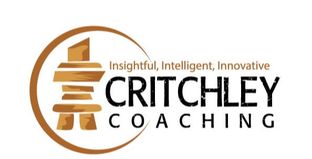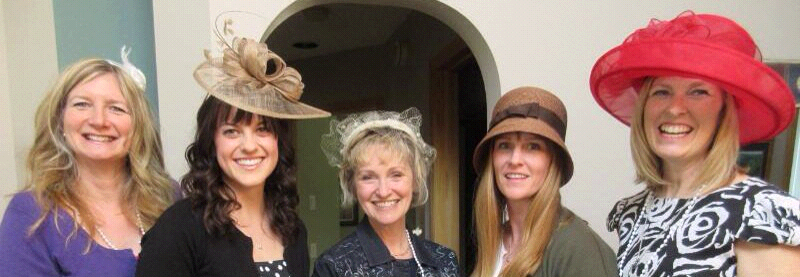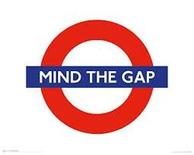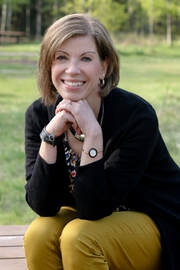
As you can imagine, there is more to this mountain than the rock. The story of Mount Rushmore is incredible. The idea for a sculpture in the side of a mountain originally came from a visionary who thought that this would bring people to the area, thus helping with the economy. Presidents were not the original idea; rather western icons were in the first plans. However, the sculptor who was commissioned to do the work had a dream that the faces carved in stone should be faces that molded the country into the grand place it had become. It was the sculptor who chose the presidents who would be represented. Many people thought that the whole idea was absurd; that it could not be done.
What struck me most as we arrived at Rushmore, besides the high school choir singing the Star Spangled Banner, the perfect blue sky and the majesty of seeing the stone faces, was the incredible attention to detail that had been given to each of the Presidents faces. The sculptor, Gutzon Borglum, had carefully constructed a model, from which he worked, and he used the measurements from this model to create the mountainside treasure. Many men, including Borglum’s son, worked on this project that spanned 14 years. We learned that each morning Borglum climbed over 700 stairs to get to the area where the carving (and blasting) was being done. He oversaw the fine details of each of the Presidents faces while he was there. But at the end of each day, and at the beginning of the next day, he would look at the mountain from below to get a good view of the total picture. The result is truly a masterpiece.
This fine dance of Borglum’s, that of paying careful attention to detail while not losing the perspective of the ‘big picture’ was what created this iconic national treasure. Borglum understood that the dance consisted of learning all of the specific steps, and then putting them together to create the beauty. Truthfully, this is the same dance that each of us is given the opportunity to participate in each day of our lives. We do need to pay attention to the details that fill our days. However, some of us get so caught up in the details that we forget to notice the big picture that is being created. The truth is that it is the big picture that will be on display in the end. If we never stand back to observe our work and to notice how each of the small acts that make up our days, over time also create the story of our lives, then we miss the opportunity to create our own masterpiece.
This week I challenge you to do two things. First, attend with diligence to the details of your life. Second, step back and take a broad view, so that you are able to see the masterpiece that you are sculpting.
Have a great week.






 RSS Feed
RSS Feed